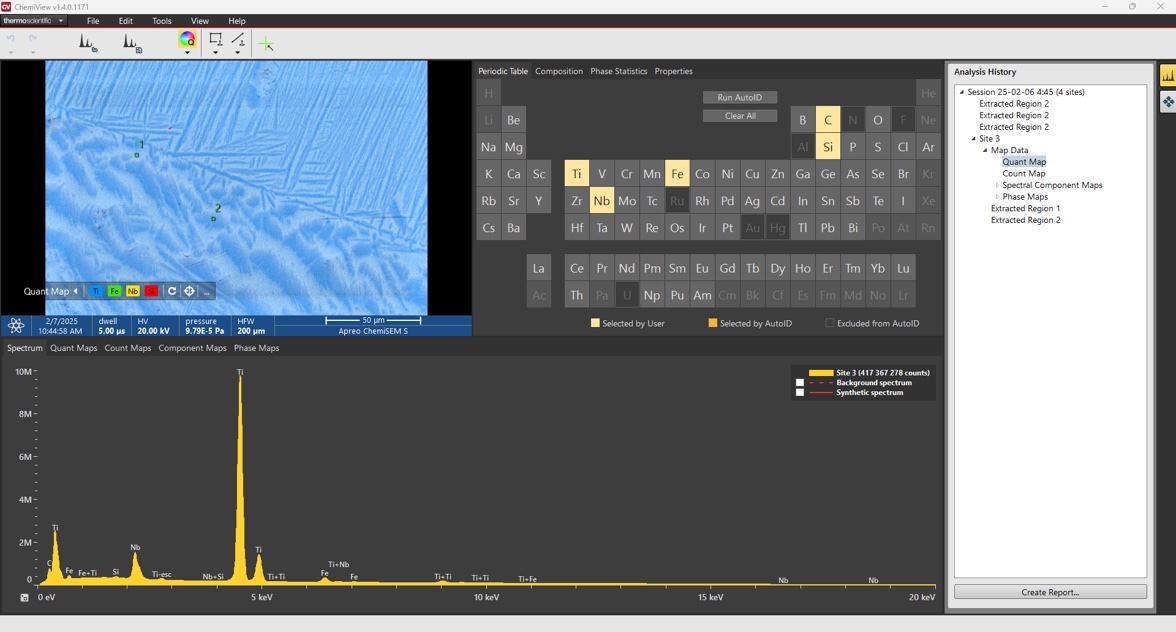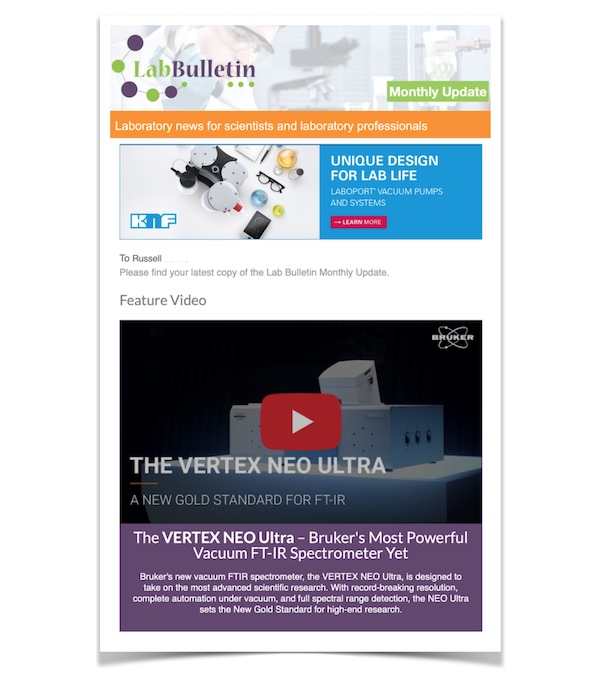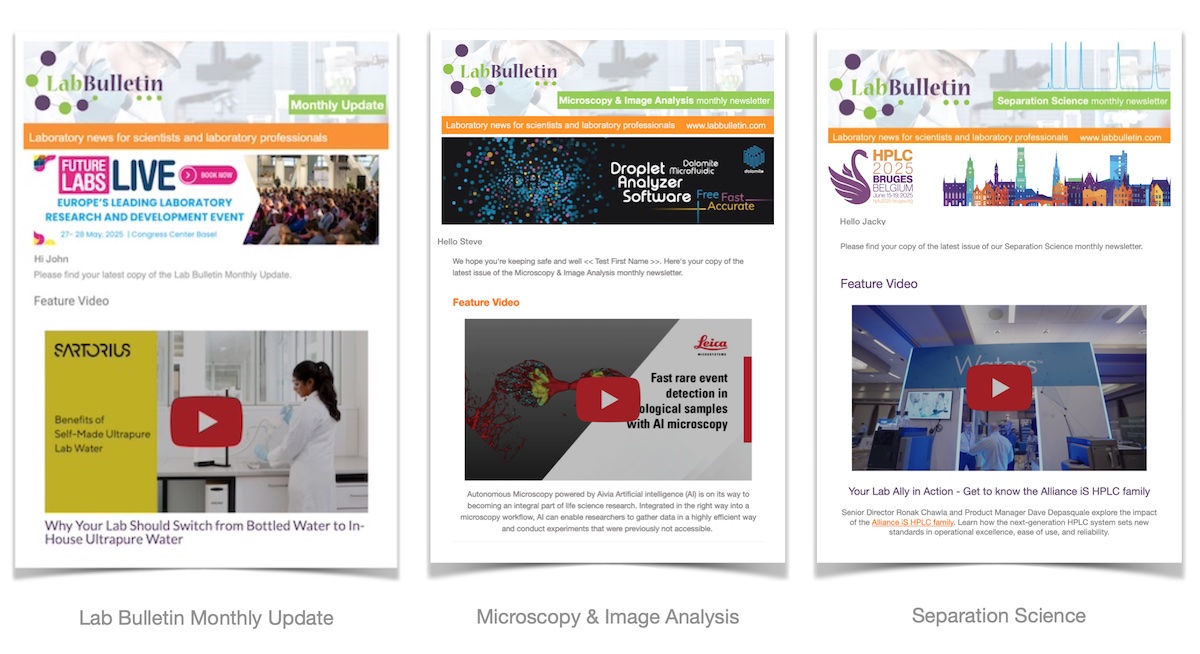Members Login

Channels
Special Offers & Promotions
A guide to advanced microscopy for industry

How manufacturers can benefit from integrated microscopy solutions
When mass production was introduced during the Industrial Revolution, our knowledge of materials and how they would perform was far from precise. Workers relied on the naked eye and trial-and-error testing to verify parts within specifications. Consequently, defects flew under the radar until costly failures occurred. With today's advances in microscopy, manufacturers have a treasure trove of knowledge at their fingertips — but few know how to unleash its potential. Here, Kate Vanderburgh, microscopy product specialist at Thermo Fisher Scientific, breaks down several key microscopy techniques and explains how they can benefit a range of industrial processes.
For manufacturers across every industry, advanced microscopy is a productive, replicable way to understand the materials that make up their products. By exposing weaknesses, inconsistencies and contamination at the nanoscale, it can be the difference between a component that performs flawlessly and one that fails prematurely.
Nevertheless, electron microscopy is not always incorporated into industrial operations. It traditionally came with a steep learning curve that limited its use outside research labs. However, many modern microscopy systems are designed with less experienced users in mind. Features such as automated prompts and user-friendly controls allow for simpler data capture and interpretation without specialist expertise. A lot of suppliers also provide training to bring teams up to speed quickly.
So, what are some of the most popular techniques and how can they be used within industry?
Evaluating a material’s surface
Scanning electron microscopy (SEM) is often the first step in materials characterisation. SEM produces high-resolution images that reveal surface micro- and nanoscale structures by scanning a focused beam of electrons across a material's surface.
SEM can help to identify tiny defects such as cracks or irregularities in a component’s surface long before they become serious failures. For example, in the automotive industry, quality engineers use SEM to screen for micro-cracks that compromise the strength of metal components. SEM can also verify whether protective coatings are applied evenly or whether particles in a material are distributed consistently, as these factors impact long-term performance.
Taking a look at the chemistry
Although SEM is useful to visualise the surface structure of a material, it doesn’t reveal its chemistry. This is why many materials scientists pair SEM with energy-dispersive X-ray spectroscopy (EDS). When the electron beam used in SEM interacts with a sample, it produces X-rays that indicate its elemental composition.
In electronics production, for instance, EDS can identify trace amounts of lead in solder joints, helping companies comply with regulations such as RoHS, which restricts the use of hazardous substances in electrical and electronic products.
EDS is also beneficial for contamination analysis, alloy verification and monitoring process consistency. By confirming that materials match specifications, manufacturers can be confident that parts will perform as needed.
Mapping microstructure
For an even more comprehensive understanding, quality engineers can turn to electron backscatter diffraction (EBSD). This technique builds on SEM by revealing crystallographic information. When the primary electron beam hits a sample, backscattered electrons leave the sample surface at various scattering angles before reaching the EBSD detector. This forms patterns that reveal the size, shape and orientation of the grains in the sample.
Grain structure directly impacts material performance. For example, finer grains can make a metal stronger, while grains along the direction of stress can improve resistance to fatigue and reduce the risk of cracking.
In aerospace manufacturing, EBSD can be used in the heat treatment of nickel and titanium alloys to engineer grain structure for strength and durability under extreme conditions. EBSD can also expose weak points and assist failure analysis teams in understanding the reasons why a component may have failed.
Seeing the big picture
Each of these approaches offers valuable data but combining them creates the most complete picture. However, using different microscopy techniques has traditionally required investing in multiple high-resolution instruments and coordinating data across these systems, complicating workflows and slowing down analysis.
Integrated microscopy systems address this issue by consolidating multiple methods into one instrument. For example, the Thermo Scientific Apreo ChemiSEM System integrates SEM and EDS capabilities and can also be configured to support EBSD functionality. Its intuitive interface, guided workflows and automated features such as autofocus help operators to capture and interpret data quickly, even without prior experience.
These capabilities make advanced microscopy accessible to industrial users. Equipped with detailed information about materials, manufacturers can detect defects early, verify quality and optimise processes all using one instrument. This reduces bottlenecks and allows teams to apply insights directly to production processes, rather than waiting for the results to come back from external testing.
Advanced microscopy is no longer confined to the research lab. With integrated systems that combine surface imaging, chemical analysis and microstructure mapping in a single workflow, manufacturers can gain a detailed understanding of the materials that drive product performance. By bringing these insights directly to the factory floor, integrated solutions make advanced microscopy practical for everyday manufacturing and quality control processes.
Thermo Fisher Scientific is a global leader in advanced microscopy solutions and offers a range of solutions intended for industrial applications, such as the Thermo Scientific Apreo ChemiSEM System. To find out how microscopy could streamline your processes, please get in touch or visit Thermo Fisher Scientific at stand C99 at the Stainless Steel World Conference and Exhibition from 18 to 20 November 2025 in Maastricht, Germany.
About Thermo Fisher Scientific
Thermo Fisher Scientific Inc. is the world leader in serving science, with annual revenue over $40 billion. Our Mission is to enable our customers to make the world healthier, cleaner and safer. Whether our customers are accelerating life sciences research, solving complex analytical challenges, increasing productivity in their laboratories, improving patient health through diagnostics or the development and manufacture of life-changing therapies, we are here to support them. Our global team delivers an unrivaled combination of innovative technologies, purchasing convenience and pharmaceutical services through our industry-leading brands, including Thermo Scientific, Applied Biosystems, Invitrogen, Fisher Scientific, Unity Lab Services, Patheon and PPD.
Recent news from Thermo Fisher Scientific
Media Partners


